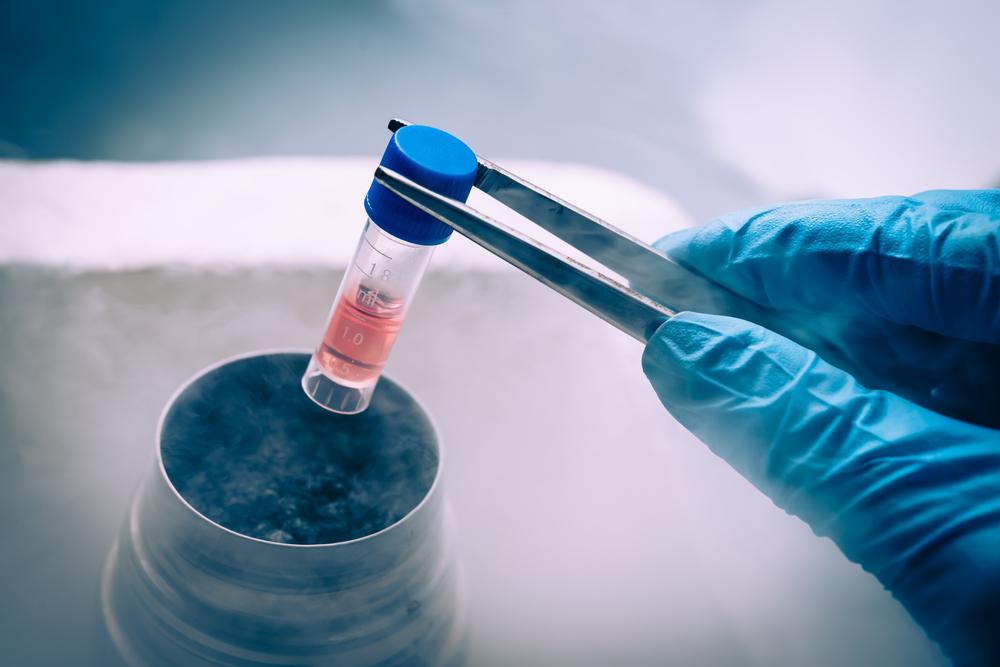Two Foundations Offering Batten Disease Stem Cell Lines to Researchers
Written by |

The New York Stem Cell Foundation and the Beyond Batten Disease Foundation are making juvenile Batten disease stem cells available to researchers.
At the moment the collection consists of stem cells from 24 people who have the disease or are carrying the CLN3 gene mutation associated with it. Some of the cell samples come from the same families.
The cells are induced pluripotent stem cells. Pluripotent stem cells can differentiate into almost any cell in the body. Induced pluripotent stem cells are adult cells that scientists have genetically reprogrammed into an embryonic stem cell–like state.
Making the stem cell collection available to scientists worldwide is one way the partners hope to advance Batten disease research.
The collection, which is still growing, includes stem cells from patients, parents who carry the mutation that can cause the disease, and isogenic controls. Isogenic controls are cells that scientists select or engineer to model the genetics of a specific patient population.
Stem cells differ from other cells because they can divide and renew themselves for a long time and give rise to almost any other cell in the body. And unlike muscle cells, blood cells, or nerve cells — which do not normally replicate themselves — stem cells can replicate themselves many times.
Researchers around the world will be able to gain access to the collection to study the root cause of neurodegeneration in Batten and related diseases. The collection will also be available to industry experts who want to screen for compounds that could lead to treatments.
In addition, the collection can be used to investigate other diseases with mutations of the CLN3 gene, including Parkinson’s disease and frontotemporal dementia.
“This partnership resulted in the largest-ever collection of stem cell models of juvenile Batten disease, giving researchers around the world an unprecedented opportunity to study how the disease develops, speeding research towards a cure,” Susan L. Solomon, the New York Stem Cell Foundation’s chief executive officer, said in a press release.
Scientists have used the NYSCF Global Stem Cell Array — an automated technology that standardizes and scales stem cell production — to create a collection of stem cells derived from skin samples. But it has limitations.
“Thus far, efforts to study juvenile Batten disease have used rodent models or human skin cells, neither of which accurately mimic the disease in the brain,” said Dr. Danielle M. Kerkovich, the principal scientist at the Beyond Batten Disease Foundation. This has left researchers “without a solid platform for testing drugs that prevent, halt, or reverse its progression,” she said.




